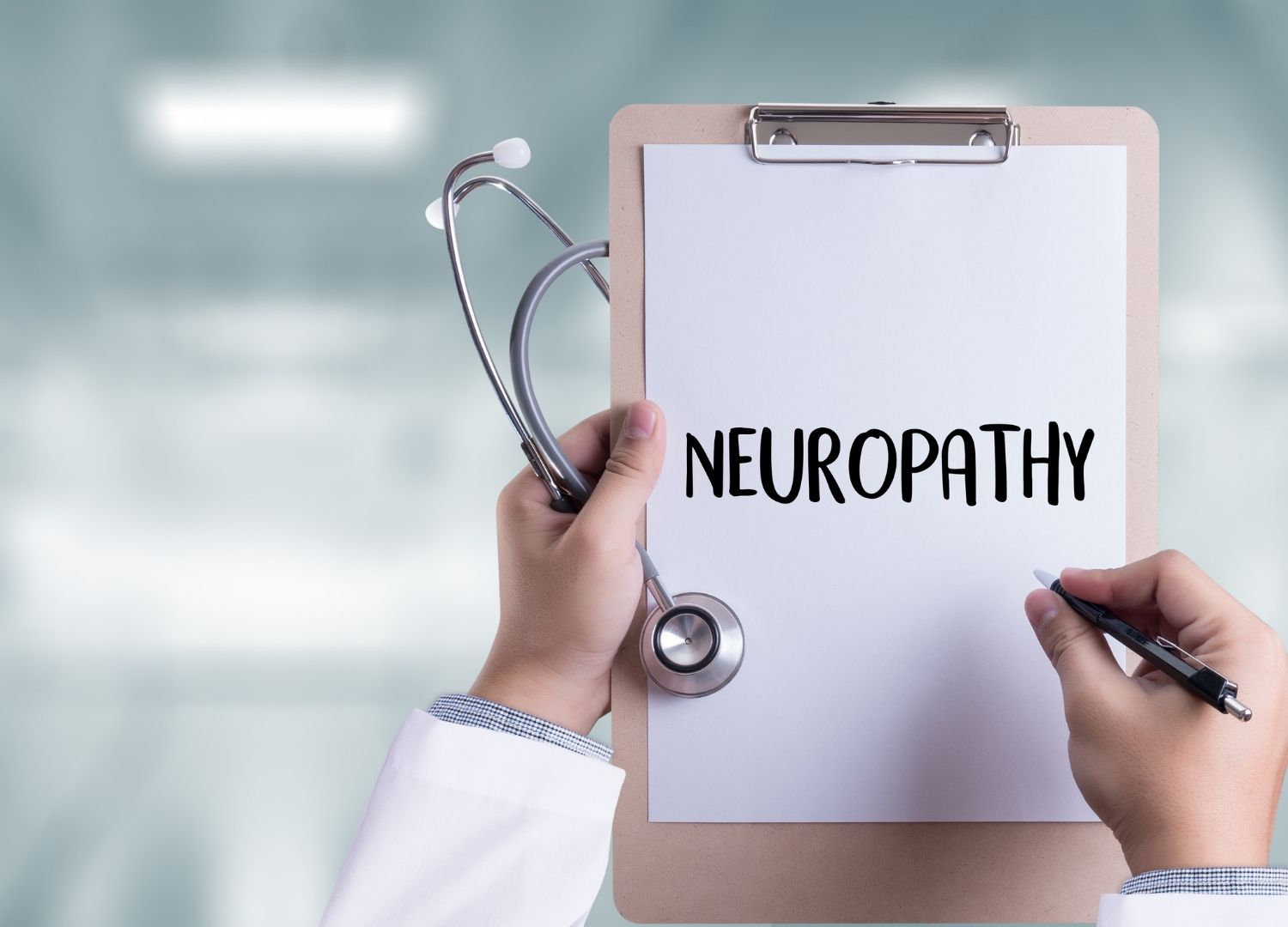Shifting Pain to Improvement: New Promises in Neuropathy Treatments

Peripheral neuropathy, an ailment often characterized by discomfort, tingling, and loss of strength in the limbs, presents significant challenges for millions of individuals around the world. As a number of seek relief from the discomfort and limitations that accompany this condition, scientists and healthcare professionals are diligently working towards innovative solutions. The journey from suffering to improvement is essential not just for managing issues, but for reclaiming well-being to those impacted.
In recent years, advancements in medical studies and technology have started to illuminate new pathways for neuropathy care. From novel medications to cutting-edge therapies, the landscape is evolving rapidly, providing promise where there was previously scarce. These exciting developments are leading to a time where neuropathy can be treated more efficiently, enabling individuals to take back their lives from the grip of this debilitating condition.
Grasping Neuropathy
Peripheral neuropathy denotes a set of conditions that impact the external nervous system, that connects the brain and spine to the other of the organism. This condition can arise due to various factors, like diabetes, infections, injuries, and contact with toxins. It can produce symptoms including discomfort, prickling, numbness, or weakness in the impacted areas, significantly impacting the well-being for those affected.
The nature of neuropathy is complicated, as it can be categorized into various types based on the kinds of nerves involved. Sensory neuropathy mainly targets sensation and can lead to difficulties in sensing discomfort, heat, or tactile perception. Motor neuropathy influences the neurons that govern muscle movements, potentially causing debilitation or muscle atrophy. Autonomic neuropathy affects unconscious bodily activities, which can interfere with processes like food breakdown and circulatory regulation.
Understanding the mechanisms behind neuropathy is essential for formulating successful treatments. new promise neuropathy of treating not only the suffering but also the root causes. Advances in medical science are leading to new therapies aimed at fixing nerve damage, diminishing inflammation, and enhancing nerve function, offering hope for those dealing with this challenging condition.
Innovative Therapeutic Approaches
Recent advancements in neuropathy treatment have opened new avenues for alleviation and management of this often-crippling condition. Experts are now exploring the use of regenerative medicine, which comprises treatments that harness the body's own repair mechanisms. Stem cell therapy, for example, shows promise in restoring damaged nerve cells and has the potential to restore regular function for individuals suffering from neuropathy caused by various root conditions.
An additional exciting approach involves the use of neuromodulation techniques, such as TMS and nerve stimulation. These methods aim to modulate nerve activity through gentle means, offering patients an alternative to traditional drug treatments. Early studies indicate that these nerve-altering therapies can ease pain and improve sensory function, providing a new ray of hope for those whose neuropathy has resisted conventional therapies.

Moreover, the integration of telehealth technologies is changing how neuropathy is managed. Smart devices and mobile applications allow for real-time monitoring of symptoms and personalized treatment plans. These advancements empower patients to take an active role in their care while providing healthcare providers with important data to adapt interventions effectively. This move toward a more personalized approach is assisting patients find better ways to cope with neuropathy and enhancing their quality of life.
Next Trends in Nerve Damage Research
Researchers are steadily focusing on the underlying processes of nerve disorders to create tailored treatments. Advances in genetic research have highlighted specific genes linked to multiple forms of nerve disorders, opening the door to customized healthcare approaches. By grasping the hereditary components at play, investigators aim to design tailored therapies that meet the specific demands of individuals dealing with some of the most intricate forms of nerve pain.
Besides genetic research, there is continuing investigation of nerve-protecting strategies that could block or mitigate neural injury. This includes examining the role of neuron-supporting elements, which are substances that promote the survival and growth of nerve cells. Human experiments are being conducted to determine the efficacy of these factors in repairing injured neural tissue and improving capabilities, giving optimism to individuals with long-term conditions related to neuropathy.
A further promising area of study involves the use of novel methods such as genetic treatment and regenerative healthcare. These methods aim not just to relieve problems but to fix damaged nerve cells at the cell level. As these approaches evolve, they hold the potential to revolutionize medical effects for nerve disorders, moving from merely treating pain to fundamentally transforming the lives of those living with this crippling affliction.
